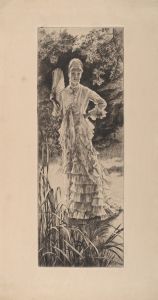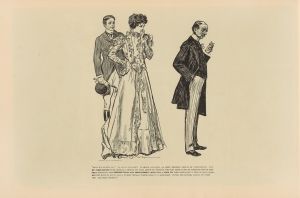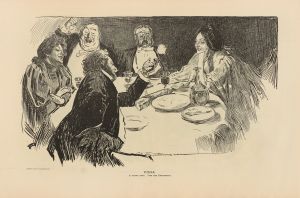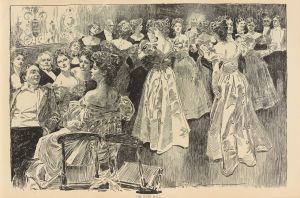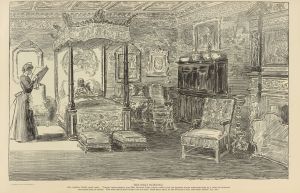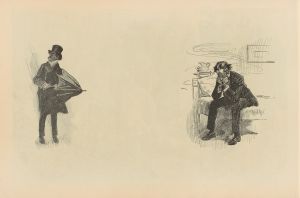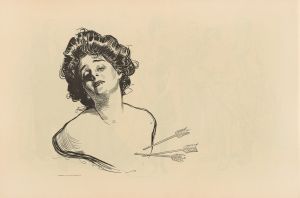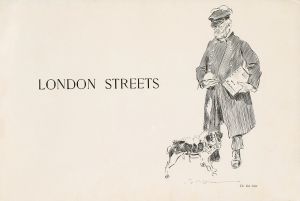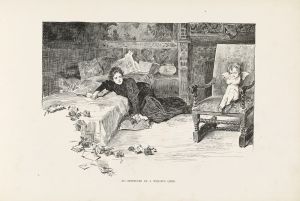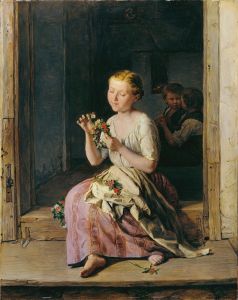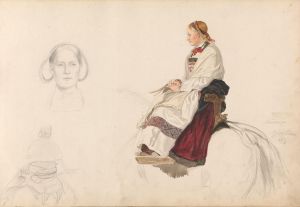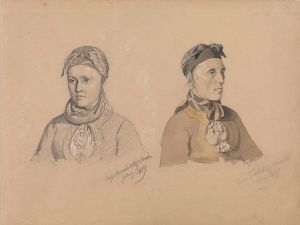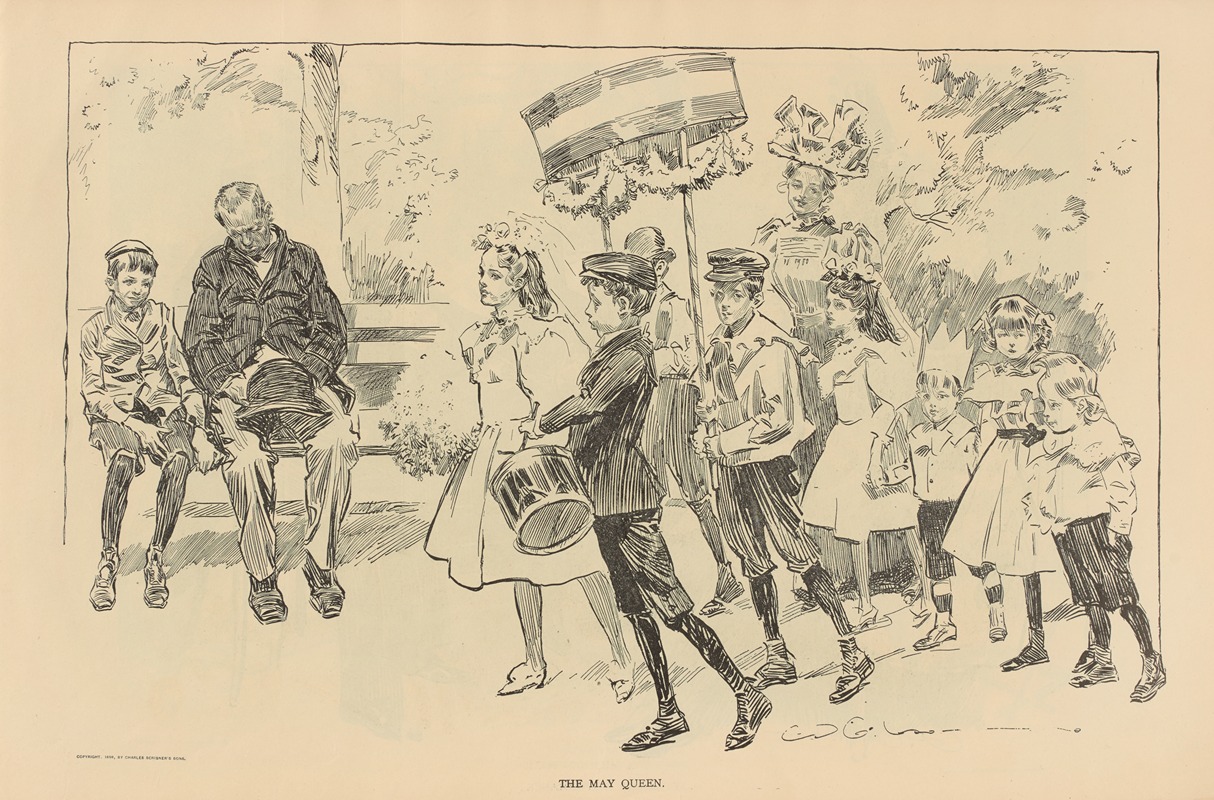
The may queen
A hand-painted replica of Charles Dana Gibson’s masterpiece The may queen, meticulously crafted by professional artists to capture the true essence of the original. Each piece is created with museum-quality canvas and rare mineral pigments, carefully painted by experienced artists with delicate brushstrokes and rich, layered colors to perfectly recreate the texture of the original artwork. Unlike machine-printed reproductions, this hand-painted version brings the painting to life, infused with the artist’s emotions and skill in every stroke. Whether for personal collection or home decoration, it instantly elevates the artistic atmosphere of any space.
"The May Queen" is a notable illustration by the American artist Charles Dana Gibson, who is best known for creating the iconic "Gibson Girl" image that became a symbol of feminine beauty and independence in the late 19th and early 20th centuries. Gibson's work, including "The May Queen," played a significant role in shaping the visual culture of his time.
Charles Dana Gibson was born on September 14, 1867, in Roxbury, Massachusetts. He began his artistic career at a young age and studied at the Art Students League of New York. Gibson's talent for capturing the essence of American society through his illustrations quickly gained him recognition. His work was regularly featured in popular magazines such as Life, Harper's Weekly, and Scribner's.
"The May Queen" is one of Gibson's many illustrations that depict scenes of social life and customs. The illustration portrays a young woman crowned as the May Queen, a traditional role in May Day celebrations, which are festivities that date back to ancient times and are associated with the arrival of spring. The May Queen is typically depicted as a symbol of purity and beauty, often adorned with flowers and surrounded by attendants.
In "The May Queen," Gibson's characteristic style is evident. His use of fine lines and detailed shading brings a sense of elegance and grace to the illustration. The central figure, the May Queen, is depicted with a serene expression, embodying the idealized beauty that Gibson's work is known for. The surrounding figures, likely her attendants, are also rendered with careful attention to detail, contributing to the overall composition's harmony and balance.
Gibson's illustrations, including "The May Queen," were influential in defining the visual representation of women during the late 19th and early 20th centuries. The "Gibson Girl" became a cultural icon, representing a new standard of American womanhood that was both independent and refined. This image resonated with the changing social dynamics of the time, as women began to assert more independence and seek greater opportunities in various spheres of life.
"The May Queen" reflects Gibson's ability to capture the spirit of his era through his art. His illustrations not only entertained but also offered commentary on societal norms and ideals. While "The May Queen" specifically highlights a traditional celebration, it also fits within the broader context of Gibson's work, which often explored themes of beauty, femininity, and social roles.
Charles Dana Gibson continued to produce influential illustrations throughout his career, leaving a lasting legacy in the world of American art and illustration. He passed away on December 23, 1944, but his work, including "The May Queen," remains a testament to his skill and vision as an artist.





